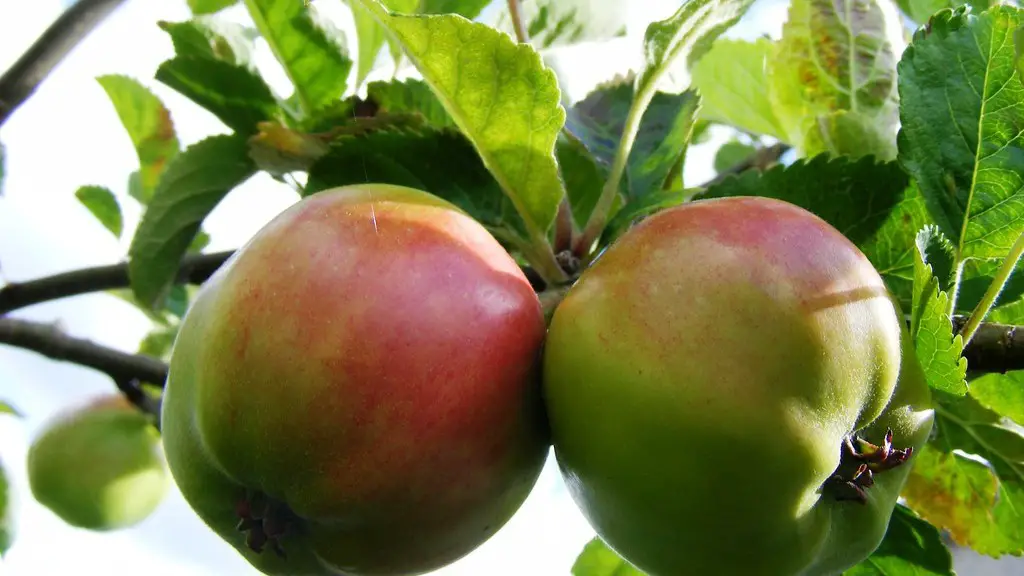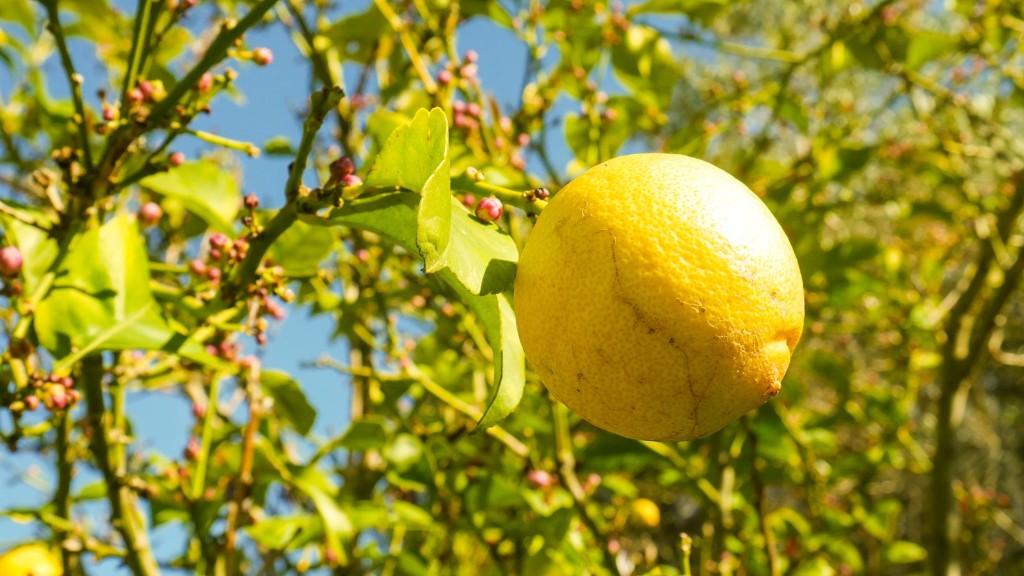Having a small palm tree in your garden can add a touch of personality and class to the landscape. Pruning is a necessary part of caring for a small palm tree and should not be overlooked. Careful pruning will keep the tree healthy and ensure it stays attractive.
Before pruning a palm tree, it is important to do some research beforehand in order to identify the type of tree and its specific pruning needs. Different types of palms require different pruning methods, and it’s crucial to understand which method best fits the tree in question. It is helpful to contact a local expert if you are not sure what type of palm tree you have.
Once you have identified the type of tree, it’s time to get started pruning. Ideally, you should wait until the dry season to begin pruning as this is when the tree is the least stressed. The first step is to remove any dead, diseased or broken fronds or branches. If a frond is brown and crispy, but not completely dead, it can be pruned back to a healthy leaf. Branches can be pruned back to the trunk or to a viable side bud.
When pruning a small palm tree, it is important to focus on the terminal growing point, or the top of the palm where most new growth will occur. Avoid pruning too far down the trunk as this will damage the growth potential of the tree. Remember, the goal of pruning is to shape the tree and make it more aesthetically pleasing, not to reduce its overall size.
Once you have removed all of the dead branches and fronds, it’s time to shape the tree. Prune away any fronds that are growing in awkward or unattractive directions. When shaping the tree, make sure to leave an even shape around the top, as this will help to maintain a balanced structure. Additionally, avoid pruning away too many fronds, as this could leave the tree too exposed to the elements, reducing its chances for growth.
Maintaining Pruned Small Palm Tree
Once the pruning has been completed, it is important to keep an eye on the tree and monitor its health. Regularly inspect the tree for any signs of disease or distress and take action as soon as they are noticed. Additionally, check to see if any new growth is occurring at the top of the tree, as this is an indication that the pruning was successful.
Finally, it is important to provide the small palm tree with the proper care to ensure its health and wellbeing. This includes ensuring the tree has enough water, sunlight and nutrients. Organic matter such as compost and mulch can help to keep the tree healthy and promote its growth.
Palm Tree Fertilizer
When taking care of a small palm tree, it is beneficial to use a fertilizer specifically designed for use on palms. This type of fertilizer contains necessary nutrients such as nitrogen, phosphorus and potassium, as well as trace elements such as iron, magnesium and sulfur. Applying the fertilizer every few months will provide the tree with the nutrients it needs for continued growth.
When using fertilizer on a palm tree, it is important to follow the instructions on the packaging. Apply the fertilizer to the soil around the root zone of the tree and water it in thoroughly. Over-fertilizing the tree can cause damage, so be sure to stick to the recommended dosage.
Dealing With Insects
Another often overlooked aspect of caring for a small palm tree is insect control. Many pests can harm a palm tree, leading to a slow decline in health. Common pests to look out for include scale insects and mites, which can cause browning or wilting of the fronds. Carefully inspecting the plant on a few weeks will help to detect any signs of an infestation.
If there is an infestation, it is important to take steps to treat the problem quickly. An effective method to treat infestations is to regularly spray the tree with a pesticide specifically designed for use on palms. Additionally, the application of insecticidal soap can be an effective way to reduce the population of bugs.
Hiring Professional Help
If you don’t feel confident in your knowledge and ability to properly prune and care for a small palm tree, it is beneficial to seek professional help. Experienced arborists and landscapers offer valuable insight and advice and can help with the maintenance and care of your tree.
Having a professional inspect your tree on a regular basis is one of the most effective ways to keep it healthy and in top condition. A professional arborist can detect any potential problems early on before they become major issues, making it easier and more cost-effective to deal with them.
Seasonal Pruning
If you have a small palm tree in an area prone to frost, it is beneficial to prune it in late summer, just before the frost begins. This will reduce the chances of cold weather damaging the tree and will make it easier to restore the health of the tree come spring. During the winter months, it is a good idea to mulch around the base of the tree to protect the root zone.
In the spring and summer, when the risk of frost has passed, it is beneficial to start pruning again. Regularly pruning the tree will keep it in top shape and ensure that it stays attractive. For a small palm tree, it is best to prune no more than 25% of the fronds in any one session to ensure the health of the tree. Additionally, the end of summer is an ideal time to apply fertilizer and any necessary insect control treatments.
Minimizing Damage From Pruning
Pruning a small palm tree can often result in damage to the trunk. When pruning away a branch or frond, it is important to use a sharp pair of pruning shears to make clean cuts. Additionally, it is beneficial to use a sealant over the pruned area to prevent any disease or pests from entering.
For large pruning jobs, it is important to practice caution to avoid any serious damage. Secure the area around the palm tree with appropriate safety measures and use a ladder or other tools to reach hard to access branches. When removing large branches, it is best to saw them off in stages, rather than trying to remove them in a single cut.
Preserving Health Of The Small Palm Tree
The health of a small palm tree depends on its ability to absorb and process the necessary nutrients. It is important to monitor the tree’s soil conditions and make sure it is receiving the correct amount of moisture, sunlight and fertilizer. Additionally, regularly inspect the tree for signs of disease. Treat any problems as soon as they are detected in order to protect the health of the tree.
To ensure the longevity of a small palm tree, it is important to adhere to a regular schedule of pruning and care. When done correctly, pruning a small palm tree can help it to thrive, while also keeping your garden looking neat and attractive.



